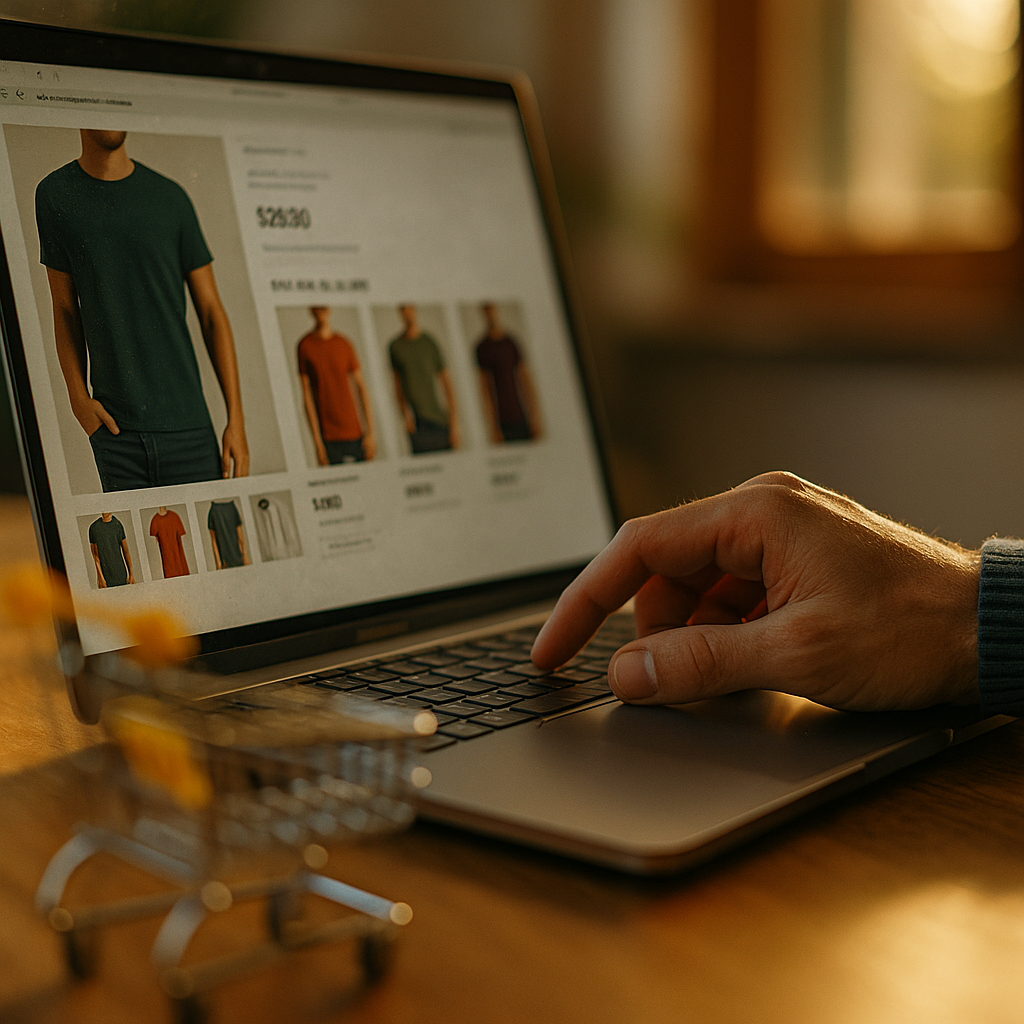Personalization remains a cornerstone for e-commerce success, and a recent e-commerce personalization strategy case study reveals just how effective tailored experiences can be for increasing average order value (AOV). This in-depth analysis explores the data-driven actions, technologies, and creative approaches that led to remarkable growth—unlocking actionable insights for businesses seeking similar results.
The Power of Customer Data in E-commerce Personalization
Effective e-commerce personalization begins with robust customer data collection and segmentation. Modern platforms aggregate behavioral data from browsing patterns, past purchases, time spent on specific products, and response to email campaigns. Utilizing AI and machine learning, one ambitious online retailer in 2025 segmented its audience by:
- Purchase frequency and product interest
- Engagement with marketing emails
- Cart abandonment patterns
- Demographics and geographic location
With first-party data now more important due to privacy regulations, the retailer focused on transparent collection methods. This formed the backbone of their personalization strategy, enabling them to create individualized user journeys that directly impacted AOV.
Personalized Recommendations: The Key to Increasing AOV
The most visible aspect of their e-commerce personalization strategy was an advanced recommendation engine. The company implemented real-time, AI-powered product suggestions across its website, mobile app, and marketing emails.
By analyzing each shopper’s on-site actions and purchase history, the engine delivered:
- “Frequently bought together” combos at checkout
- Dynamic upsell suggestions within product detail pages
- Targeted cross-sell offers after adding an item to cart
According to recent platform analytics, products with personalized recommendations saw a 35% increase in conversion rates and a 21% boost in average order value versus generic suggestions. The A/B testing further verified these gains, thanks to a sharp focus on relevance and timing.
Email Personalization: Driving Engagement and Higher Order Values
Beyond the store, the strategy extended to sophisticated email personalization. Every customer received tailored product picks and exclusive bundles curated from their preferences and browsing history. Key tactics included:
- Smart segmentation—ensuring new users, returning shoppers, and dormant accounts each received highly relevant content.
- Automated reminders—customized restock and price-drop alerts linked to abandoned products.
- Early access offers—targeting high-value customers with premium deals.
Open rates increased by 41%, while click-through rates grew by 27%. Most notably, the average order value among customers engaging with these emails rose by 18%, validating the importance of individualized communication.
Real-time Onsite Personalization for Enhanced Shopping Experiences
The business also invested in real-time onsite personalization to create seamless, context-aware shopping experiences. For instance:
- Returning visitors saw homepages featuring products related to their last session or wishlist.
- New customers were welcomed with introductory discounts and “starter” bundles relevant to their browsing.
- Geo-targeted banners promoted local shipping benefits or climate-appropriate products.
Such tailored website content reduced bounce rates by 19% and improved session durations dramatically. The increased engagement provided more opportunities for upselling, contributing to the climb in AOV.
Testing, Analytics, and Iterative Optimization in Personalization Strategy
No personalization strategy is complete without rigorous testing and analytics. The team set up continuous A/B and multivariate tests across all personalization touchpoints—from product recommendations to email subject lines. Key performance indicators tracked included:
- Average order value
- Conversion rate
- Customer lifetime value (CLV)
- Exit and bounce rates
Weekly analytics reviews spotlighted what resonated with different segments, allowing for rapid adjustment. For example, bundling high-margin accessories often led to higher AOV in the electronics category, prompting expanded use of this tactic. The feedback loop between shopper data, testing, and personalized content was crucial to continuous growth.
Challenges, Lessons Learned, and Actionable Takeaways
Though the e-commerce personalization strategy delivered impressive AOV gains, it was not without hurdles. Data privacy compliance and maintaining relevance at scale remained ongoing challenges. Strategies that enabled success included:
- Transparent data collection and privacy-first personalization
- Regular training of the AI model on recent user behaviors
- Active customer feedback collection to improve accuracy
The main lessons? Hyper-personalization must feel helpful, never invasive. Constant testing and agile adjustments matter more than any one tactic. For brands ready to invest, authentic personalization pays off.
FAQs About E-commerce Personalization Strategy and Increasing AOV
-
What is e-commerce personalization?
E-commerce personalization refers to tailoring the shopping experience to each customer using data such as purchase history, browsing behavior, and demographics for relevant product recommendations, offers, content, and communications.
-
How does a personalization strategy increase average order value?
By suggesting compatible or complementary products, providing tailored discounts or bundles, and showing relevant offers at optimal times, personalization encourages shoppers to purchase more in a single transaction, driving up AOV.
-
Which personalization tactics work best for online retailers?
The most effective tactics are AI-driven recommendation engines, personalized email marketing, dynamic website content based on user behavior, and geo-targeted offers—all underpinned by privacy-compliant, first-party data.
-
Is personalization expensive or complex to implement?
Costs and complexity depend on scale and goals. Many e-commerce platforms now offer built-in or third-party personalization tools. Starting with basic segmentation and gradually layering in more advanced AI can yield strong results.
-
How do I measure the ROI of personalization efforts?
Track key metrics such as average order value, conversion rate, repeat purchases, and customer satisfaction. A/B testing and analytics help isolate the direct impact of each personalization tactic on business outcomes.
In summary, a thoughtful e-commerce personalization strategy—anchored in ethical data use, AI-driven suggestions, and real-time content—can dramatically boost average order value. For businesses in 2025, prioritizing customer-centric personalization isn’t just competitive advantage; it’s essential for sustained growth.
